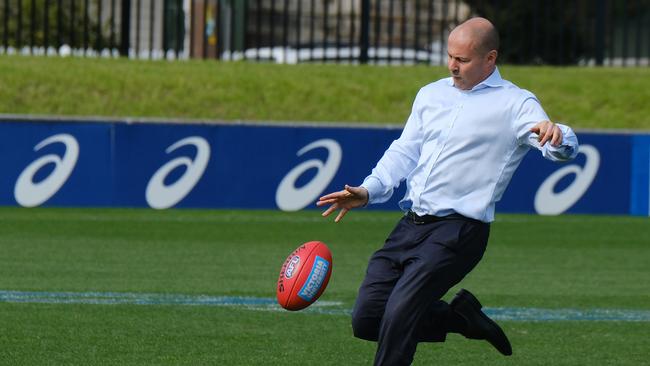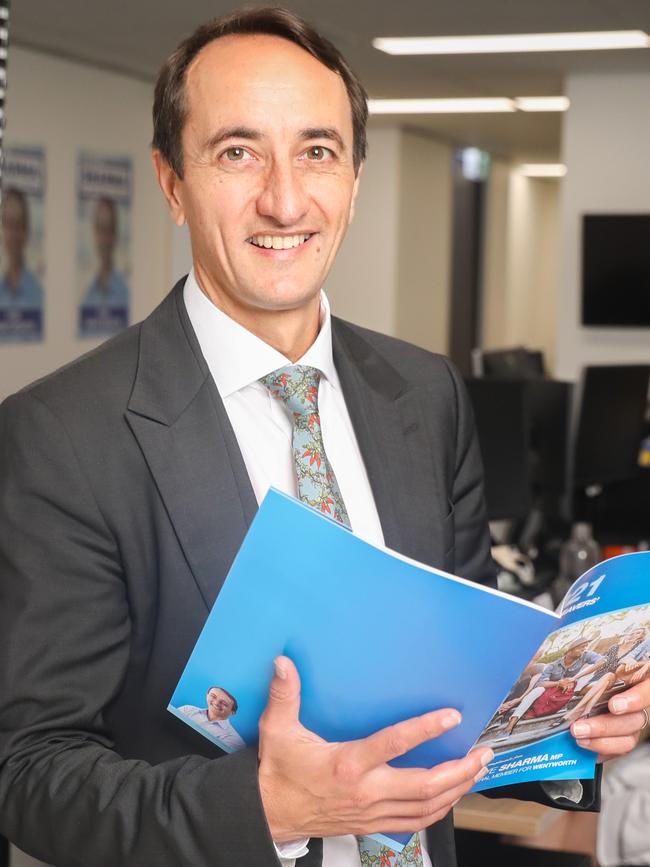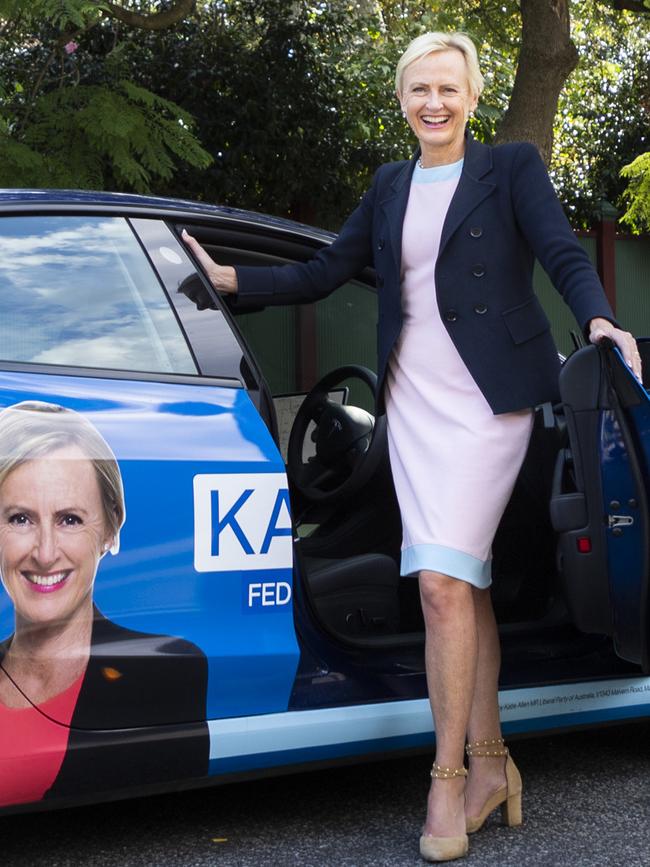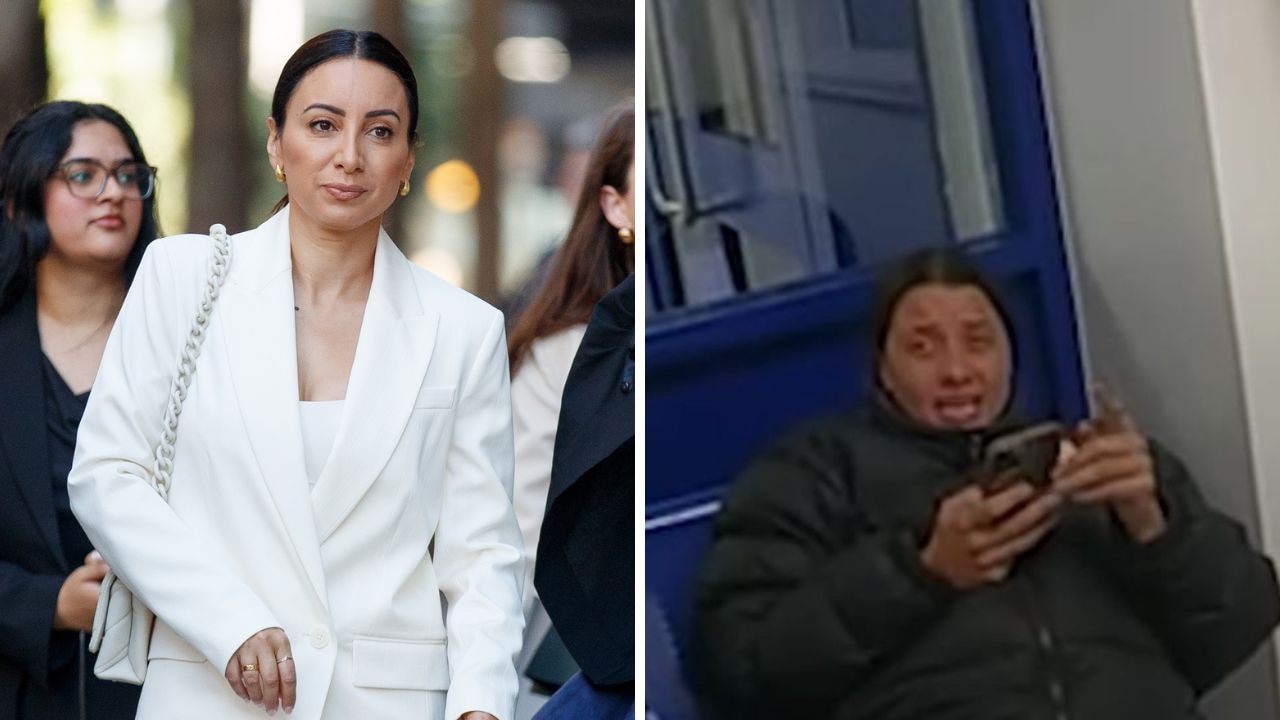
How low can you go? That’s the key primary-vote question if you’re a Liberal MP under threat from the combined forces of Labor, the Greens and a teal independent.
Analysis by The Australian suggests that if you drop below 46.5 per cent, you’re in the danger zone, reliant on more than the likely minimum preference flow.
Go under 44 per cent and you’re almost no chance of taking a seat in the 47th parliament.
Josh Frydenberg, Katie Allen and Dave Sharma are the three Liberal MPs under the greatest threat from the emergence of Simon Holmes a Court’s Climate 200 independents, having all been forced to rely on preferences to get over the line in 2019.
Results in Frydenberg’s Kooyong and Allen’s Higgins in Melbourne, along with Sharma’s Wentworth and independent Zali Steggall’s Warringah in Sydney show the challenge the Liberals face in those four seats.

At the 2019 election and the 2018 by-election for Wentworth, the Liberal candidate received a preferences bump on top of their primary vote of only between 3.8 and 6.3 percentage points as preferences consistently flowed heavily to their main opponent.
The Liberals’ main challenger – whether it was Labor, the Greens or an independent – picked up anywhere from 77.5 to 81 per cent of all preferences allocated from eliminated candidates.
Sharma’s results in Wentworth at the October 2018 by-election and seven months later at the general election highlight the difference.
Sharma polled 43.1 per cent at the by-election, while independent Kerryn Phelps managed just 29.2 per cent. But preference flows meant his two-candidate-preferred vote only rose to 48.8 per cent and Phelps entered parliament with 51.2 per cent.
At the May 2019 election, Sharma lifted his primary vote to 47.4 per cent. Preferences flowed even more heavily to Phelps than at the by-election but the increase in the Liberal candidate’s primary vote was enough to get him over the line with just 1.3 percentage points to spare.
So if 46.5 per cent is the mark to stay above, where does that leave the Liberals in those four seats?
Frydenberg has a buffer of about four percentage points, having received 49.4 per cent in 2019 and seen his margin increase slightly under an electoral redistribution. He will be hoping that, after his primary vote dropped almost nine percentage points at the last election, there isn’t much further to fall. But Climate 200 is throwing everything at Kooyong and candidate Monique Ryan has won top spot on the ballot paper.


Allen (47.9 per cent) and Sharma were already close to the 46.5 mark in 2019 and Allen’s margin has been shaved by 0.3 percentage points in the redistribution.
Embattled Warringah candidate Katherine Deves would need a primary vote 7.5 percentage points higher than what Tony Abbott managed in 2019 to feel confident of unseating Steggall.
As for other Liberal-held seats targeted by Climate 200, Trent Zimmerman in North Sydney would need a primary vote swing against him of almost 13 percentage points to enter the danger zone but Tim Wilson in Goldstein would start to feel on edge with a swing of 7.2 percentage points.



